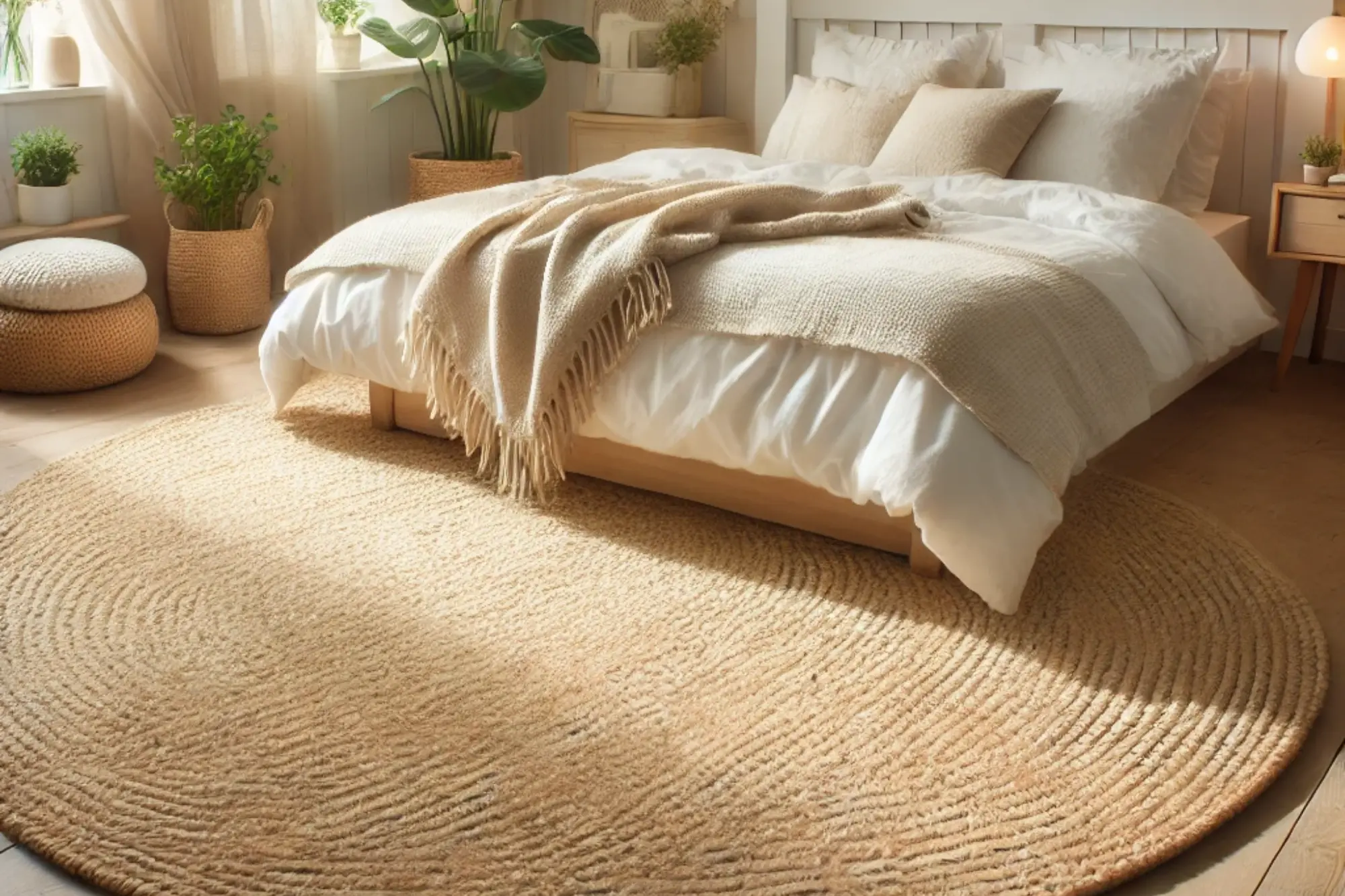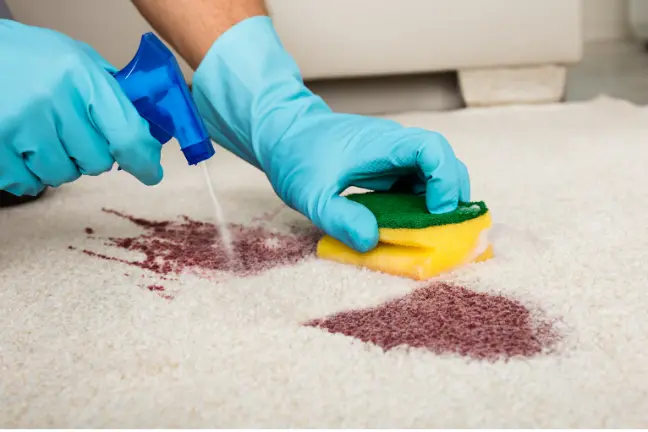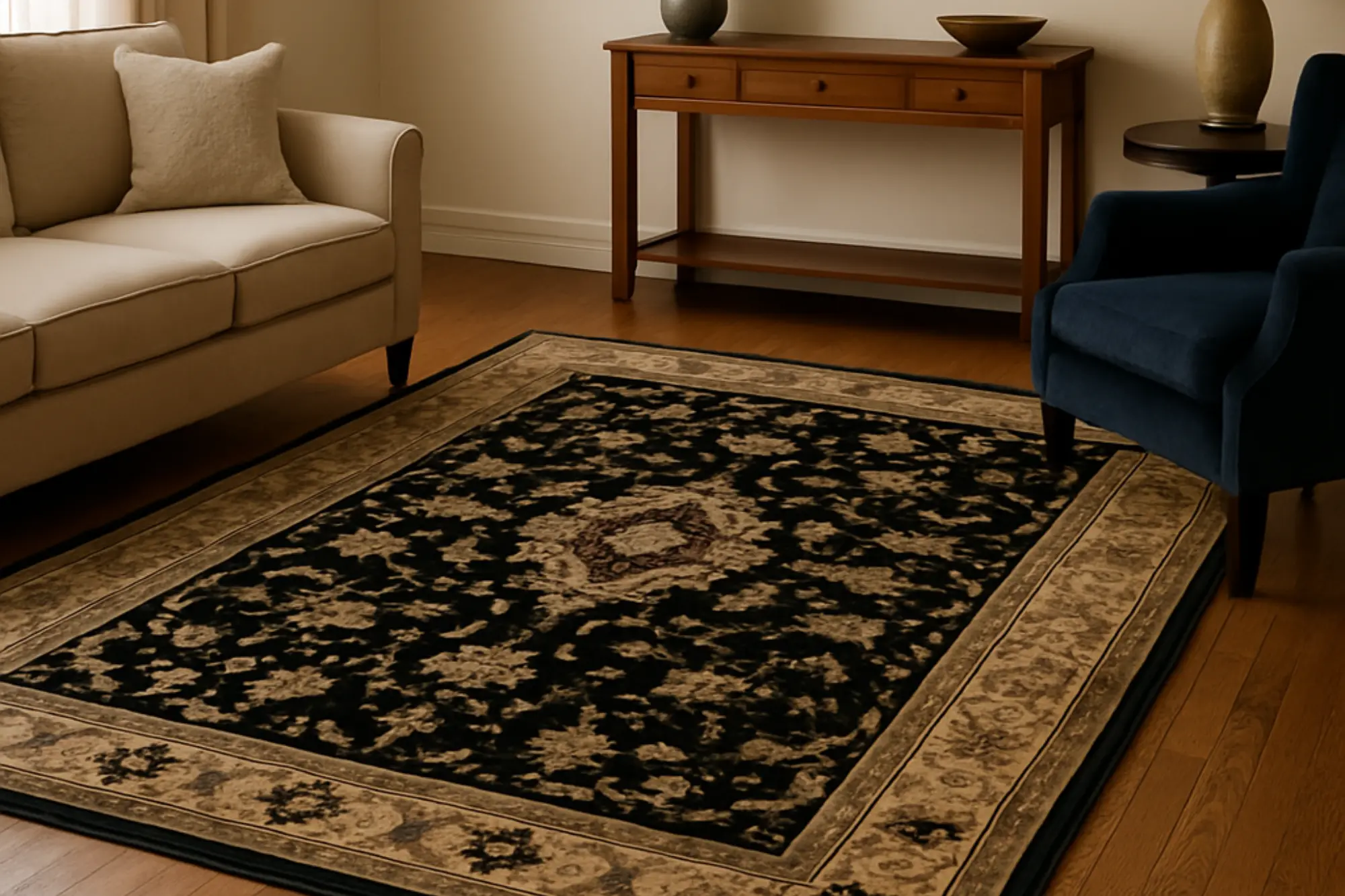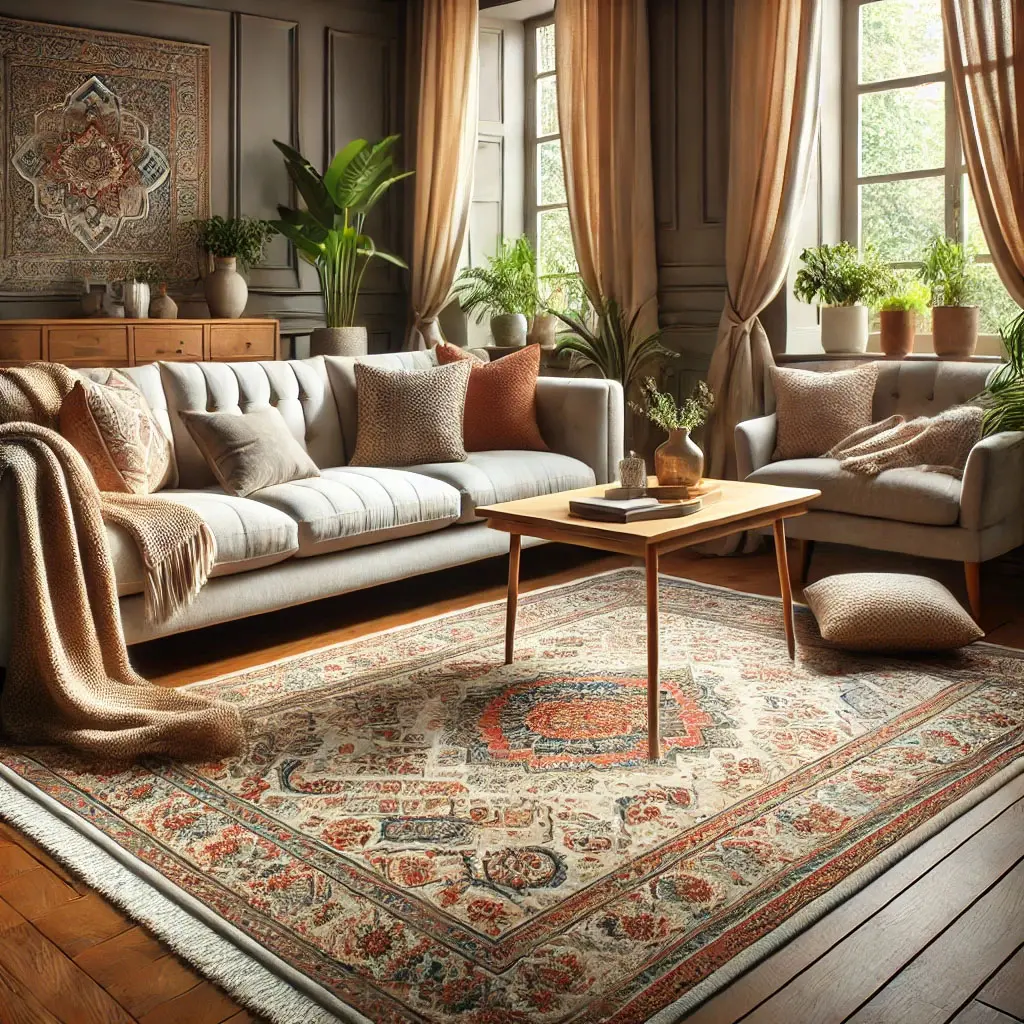Things you should know about persian rugs
Fascinating Things You Should Know About Persian Rugs!
Rugs are a very crucial part of home decor. Cozy brings a warm feeling to our home and effortlessly becomes the center attraction of the room. The amount of comfort these rugs bring to the room is just beyond explanation.
You can sit, walk, and even lay on these cozy rugs. There is no denial of the fact that the rugs not only provide aesthetics to your room but also bring positivity to the house.
If you wonder, "What are Persian rugs?" Let us tell you, among all the Rugs, Persian Rugs are actually Gold! The Hand-knotted Persian rugs are specially imported from Iran, and these good-quality Persian rugs are most difficult to find. You can easily spot Industrially made rugs, but they just cannot match the finishing and beauty of these hand-knotted Persian rugs red .
This article is the ultimate guide that will provide you with all the information you need to know about Persian rugs and how to tell if a rug is of good quality.
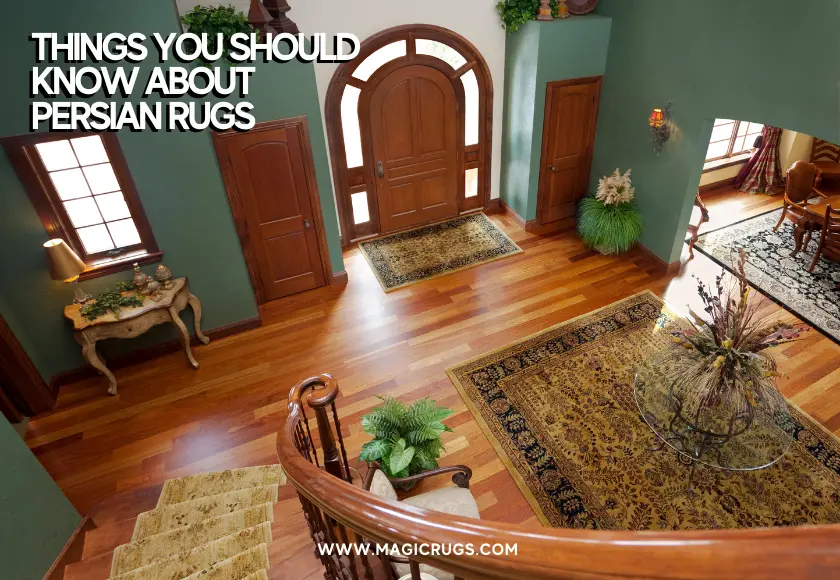
History of Persian Rugs
It is believed that the Persian Rugs came from Persia, now called Iran. Even though the country changed its name, these artistic pieces are still known as Persian Rugs.
The Rug weaving art of Iran is almost 2500 years old. Carpets were the need of that time as these helped the nomads fight temperature extremes. These rugs served the complete purpose of these nomads by covering their floors.
Many rulers have come and ruled the country, influencing the economy as well as the art of this country. Numerous historians consider that one of the rulers named, Cyprus the Great was the actual person who is responsible for bringing Carpet-making art into the country.
In the year 1949, the oldest knotted Persian carpet was found in the Pazyryk valley by Russian archeologists. For more than 2 millennia, this carpet was well-preserved in frozen tombs of Scythian nobles.
In 1038-1194 AD, the Persian rug-making art was strongly influenced by Seljuk- the Turkish tribe.
During Shah Abbas's reign (1587-1629), along with commerce, crafting was also boosted this time. Historians claim that this was the time; Persia started generating outstanding revenue from its rug-making industry.
Now, these Unique Persian rugs are widely appreciated and purchased all around the world. There is no other carpet-producing country in the world that is as ancient for its Craft tradition as Iran. The long-running tradition and the experience are visible in the work of these people.
Types of Persian Rugs
Persian rug names are described as follows:
Heriz rugs
Whenever you spot Vibrant colored Persian rug with intrinsic bold patterns, then there are ample amount of chances that it is a Heriz rug . These signature Persian rugs are highly durable rugs with a medallion in the center and two or three outlined corner details.
Kashan rugs
Kashan rugs have a signature pattern that makes their distinction fairly easy. The design includes a unique medallion boundary and patterned floral field. Beautiful colors like deep blue , red , and ivory are used to craft these Kashan rugs.
Nain Rugs
These floral Persian rugs are the most beautiful rugs made from high-quality wool. You can easily spot the finest texture in these artistic pieces illustrated by the extreme Persian knots count, about 300-700 knots per square inch (KPSI.) The usual design of these rugs includes a white or ivory background with small flowers intertwined with blue to green colored branches.
Tabriz rugs
As the name suggests, Tabriz rugs originated from Tabriz, the capital city of Azerbaijan. Most museums and art enthusiasts like to collect Tabriz rugs as their antique possessions. Instead of normal design, these Vintage Persian rugs describe the whole scenery like hunting settings, trees, and much more. Mostly, these rugs are made of very high-quality silk, as well as wool.
Malayer Rugs
Malayer Rugs are antique rugs that originated in the Malayer region of Iran. The design of these rugs consists of lozenge-shaped medallions and dense motifs crafted on the monochromatic ground. Malayer rugs are made by focusing on minute detailing with peculiar attention to creating their signature, exquisite borders.
Gabbeh rugs
Gabbeh rugs illuminate heavy tribal influence as these are handcrafted by Qashqai and Luri weavers in the mountains of Zagros. Although the designs are pretty simple, the material they are created of is quite unique. These have beautiful colors made from natural dyes, and only high-grade handspun wool is used for these coarse and thick vegetable-dyed Persian rugs.
Isfahan rugs
Isfahan rugs are breathtaking craft pieces having a cotton or even silk base. These rugs are gorgeously woven with wool fabric. The design of these rugs is quite complex, providing symmetry and cleanliness. The basic layout of Persian-style rugs includes an ivory background containing a rose or indigo medallion surrounded by a vine boundary.
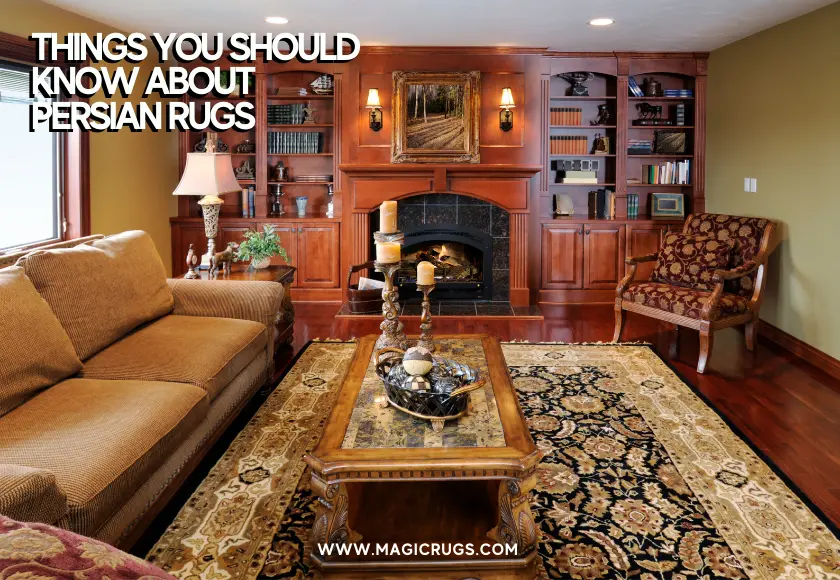
Persian rugs are renowned for their intricate designs and high-quality craftsmanship. From the stunning red Persian rug to the blue and green Persian rug, each piece is a work of art. The city of Mashad in Iran is famous for producing some of the finest Persian rugs in the world.
The knot density of these rugs is exceptionally high, which means that they are incredibly durable and can last for generations. The central medallion is a prominent feature of many Persian rugs and adds an element of elegance to any room.
These rugs are hand-knotted, and the knots are typically Turkish or Senneh knots. The warp threads are often made of cotton, while the pile is made of wool, silk, or a combination of both.
Antique oriental rugs are also popular, and the knot density of these rugs varies depending on the region in which they were made. The knot density of antique Malayer rugs, for example, is typically lower than that of Persian rugs, which makes them more affordable.
Jufti knots are sometimes used to speed up the weaving process, but they are not as durable as regular knots. Vintage rugs are also popular and can add character and charm to any space. Asymmetric knots and symmetrical knots are both used in the weaving process, and the knot density can range from 30 knots per square inch to over 1,000 knots per square inch.
When it comes to selecting a Persian rug for your home, consider the size and style of the rug. A blue Persian rug can add a calming touch to your living room, while a Persian rug black can add a dramatic effect.
Persian rugs are not limited to just the living room and can be used in bedrooms, dining rooms, and even bathrooms. The knot density and type of knot can affect the durability and overall quality of the rug.
At Mashad Carpets, we offer a wide range of Persian rugs, area rugs, and vintage rugs, all of which are hand-knotted by skilled artisans. We are committed to providing high-quality rugs at affordable prices and offer free shipping and returns on all orders.
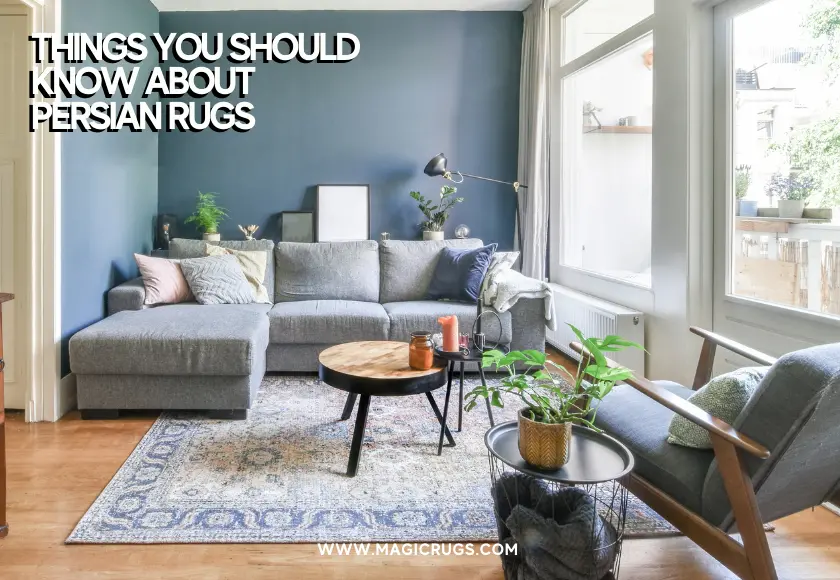
How to tell if a rug is Persian?
Go through the following to learn how to find authentic and high-quality Persian rugs for the living room:
- Check the back: It is easy for manufacturers to fake the front of rugs. However, the back can tell a lot about the quality of the rug. If there are small repairs, it's fine. Still, you should never go for a big patched rug at any cost.
- Check the Front: Although the front of the rug is easy to fake, checking small details can help. The design should be even with no patches at all.
- See Colors: Natural dyes of Persian rugs give a unique and attractive look to their overall appearance. Fading or poor-quality coloring can never be accepted when getting Persian rugs for the living room.
- Rug with Patina: Like every other hand-crafted antique, with the weather, age, and stress, the Patina can develop on antique rugs too. You can spot fatty and lovely Patina on an authentic large Persian rug that gives it a classy and sheen outlook.
- Look out for Rug Endings: Due to moving and time, naturally, rug ends can unravel, and this can be mended easily. However, if the end finish is too poor, avoid wearing that rug.
- Hear it: If bending the rug, gives a crackling sound, then obviously it is damaged. Water can cause this type of damage to Kerman Rugs.
- Does your Rug sit flat? A rug with ripples never sits flat. If your rug doesn't sit flat, don't waste your money and time purchasing it.
- No-artificial aging: Many companies artificially age the rugs with harsh chemicals selling them as antique Persian Mashad Rugs. You can simply check the chemical aging by looking at the pile and roots. If they are too dark, don't buy those small Persian rugs!
- Open for Imperfections: As nothing in this world is perfect, so does rugs. Be open to some imperfections that you can compromise with your dream Persian rug.
How can you tell if a rug is hand knotted?
By looking at the back of the rug, you can check, if it is hand-knotted or artificially made. The difference lies in the fact that knots of machine-made rugs would be perfectly clean and even. However, the hand-knotted ones won't be perfect, and the weaving as well as the knots would be uneven.
How much are Persian rugs?
The cost of Persian fairly depends on its quality. On average, Persian rugs cost around $500 to $700. However, if you purchase these antique Persian rugs from auctions, it can cost you hefty money. Persian rugs are expensive because the material they are made from is extremely rare, and the manufacturing process takes hours of hard work for overseas weavers.
Where to buy Persian rugs online?
Many platforms sell Persian rugs online. However, if you are seeking a trustworthy platform that sells antique Persian rugs near me, at affordable rates, then you must check out Magic Rugs. We have high-quality Persian rugs with thousands of designs to choose from, each made from world-class material.
Explore more trending collections!
Share:

